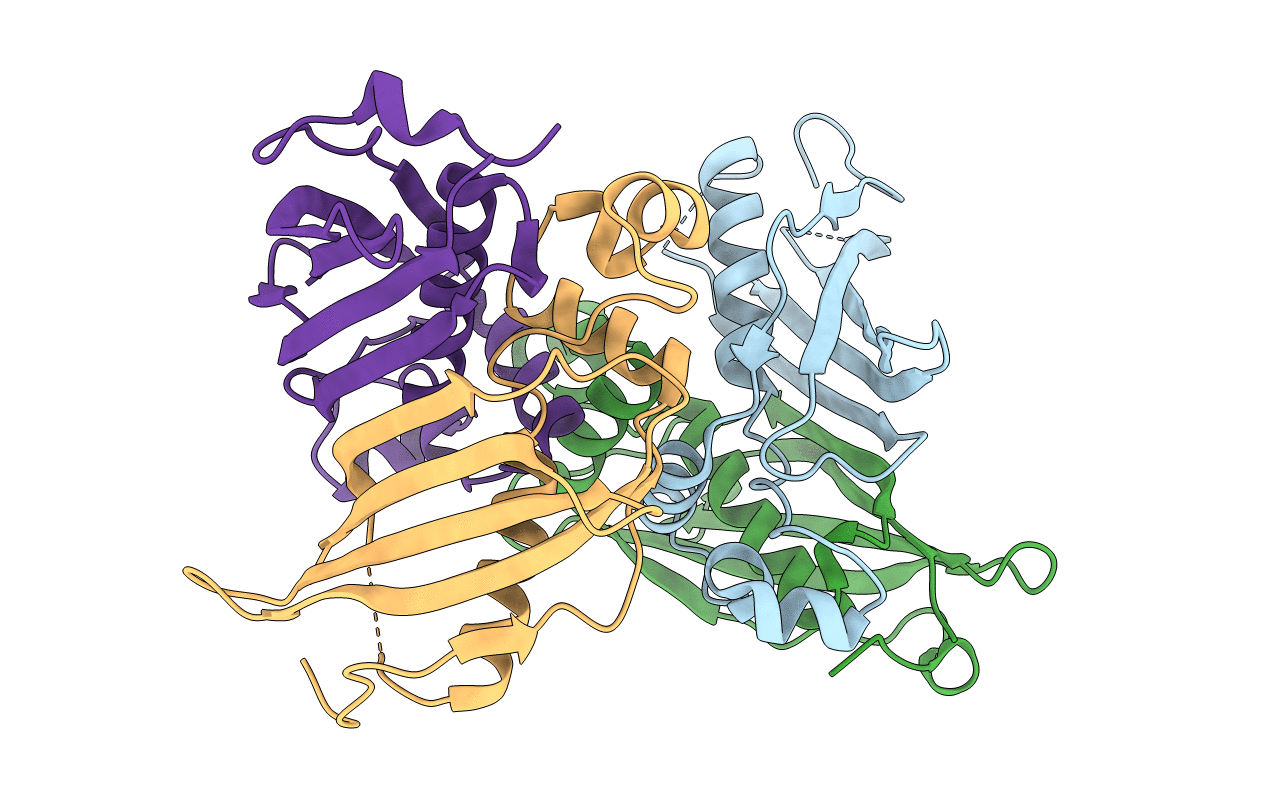
Deposition Date
2018-05-23
Release Date
2019-06-12
Last Version Date
2023-11-22
Entry Detail
PDB ID:
5ZY8
Keywords:
Title:
Crystal structure of C terminal truncated HadBC (3R-Hydroxyacyl-ACP Dehydratase) complex from Mycobacterium tuberculosis
Biological Source:
Source Organism:
Host Organism:
Method Details:
Experimental Method:
Resolution:
2.90 Å
R-Value Free:
0.22
R-Value Work:
0.18
R-Value Observed:
0.18
Space Group:
P 31 2 1


